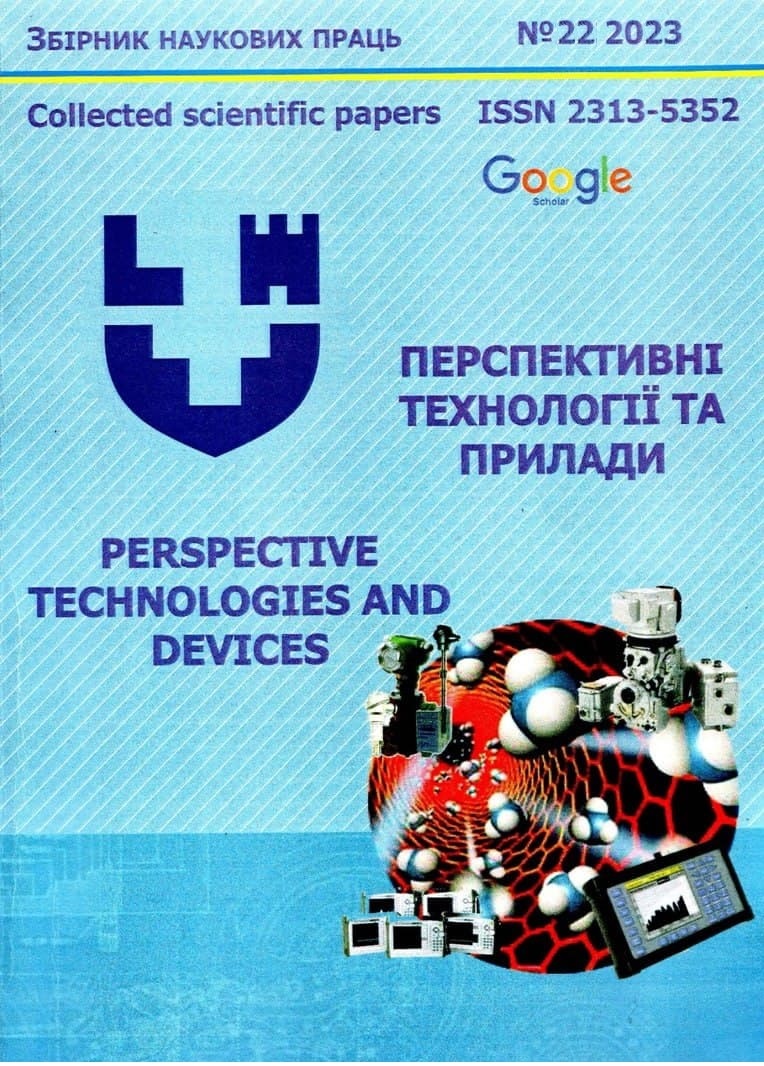DECISION-MAKING TO ENSURE THE QUALITY OF TESTS
Abstract
The article proposes a new way of assessing the coincidence of measurement results during the quality assurance procedure of tests in the laboratory. The decision rule is based on measurement uncertainty. As a quantitative indicator, the probability with which the mathematical expectations of the measured data are within the uncertainty of the indicator measurement is proposed. Such a quantitative indicator of the impact of methodological error is proposed as the ratio of the difference between the mathematical expectations of the measurement results obtained in different series of measurements to the average uncertainty of their determination, taking into account the applied decision-making rule. This indicator is based on the assumption that the measurement results are normally distributed. To simplify the process of calculating quality assurance indicators and reduce the risk of making mistakes in calculations, the "Coincidence" module was created on the basis of a virtual test laboratory. The input data for the calculation of coincidence in the module are: measuring equipment, directly the results of measurements (at least three for each tester, the coverage coefficient, the surname of the persons performing the measurements and the coefficient of the decision rule.


 https://scholar.google.com.ua/citations?
https://scholar.google.com.ua/citations?

